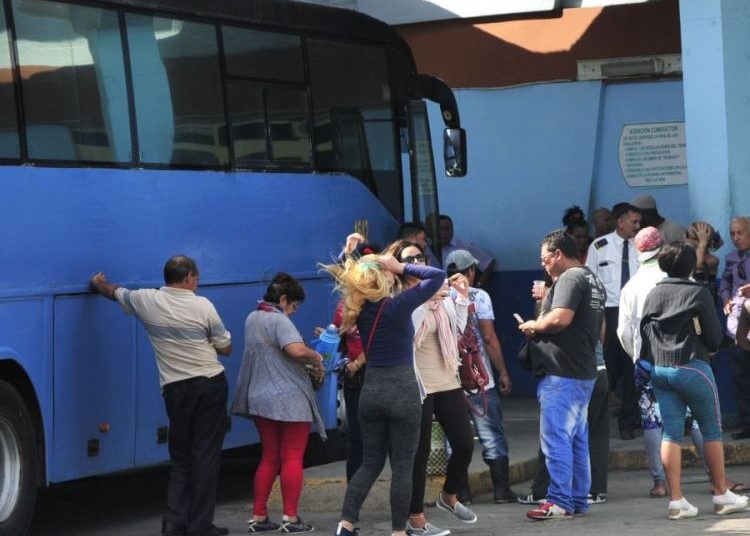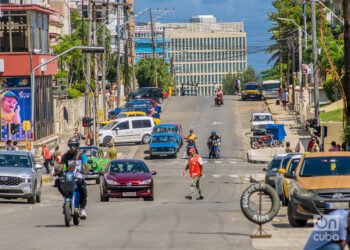Passenger transportation in Cuba, affected by the energy crisis the island has been experiencing in recent weeks, will recover several of its services suspended because of this, but only for October.
“As a result of the restoration of fuel availability in the country, new adjustments were made in the programming, frequency and hours of service for different means of transportation nationwide,” said this Tuesday Luis Ladrón de Guevara, an official of the Ministry of Transportation (MITRANS), cited by the official Cubadebate website.
Ladrón de Guevara noted that for the time being the “reorganization” will be only for this month, “keeping in mind the current energy situation in Cuba,” which the authorities claim is “temporary” and attribute to the “strengthening” of the U.S. embargo, with new sanctions and the “persecution” of companies that transport oil to the island.
Thanks to this improvement, the National Bus Enterprise will have a new schedule starting next Monday, October 7, during which 95% of the routes existing before the reduction caused by the crisis are being restored. In this way, departures to and from Havana will change from the current 32 daily to an average of about 204.
https://oncubanews.1eye.us/cuba/diaz-canel-cuba-ha-ido-remontando-crisis-energetica-coyuntural/
Of the restored routes and departures, some will be daily, others will be on alternate days and in other cases they will reach some places “at least once a week,” according to Oscar Alberto Carvajal, director of the National Bus Enterprise, who confirmed that passengers with reservations for departures that will remain suspended will be able to receive the full price of their ticket or be “rearranged” in those that were restored or in vacant capacities on national trains.
As for the latter, they continue with the frequencies and schedules with which they have worked since the beginning of the crisis, which is why they will be maintained every four days between Havana and the different destinations in the east of the country, and will have 14 cars instead of the original 12.
Meanwhile, services suspended weeks ago will also resume every four days, including those that link the cities of Havana and Sancti Spíritus and Santa Clara and Santiago de Cuba. The trains between Pinar del Río and Havana, Camagüey and Bayamo, and Santiago de Cuba and Manzanillo are also returning with this same frequency; while the Santa Clara-Nuevitas service will be every two days and the one for Morón-Camagüey twice a week.
In addition, reservations will be restored―stopped because of the crisis―but also only for the month of October. These will start being sold in the agencies as of next Monday, “in the usual days and times,” but only for services until October 31 in the case of buses and 30 days in advance in the case of trains and maritime service between Batabanó and Isla de la Juventud, which maintains only one daily departure in each direction.
Regarding urban transportation, which normally moves millions of Cubans every day and that during this “energy situation” was also visibly reduced, MITRANS officials did not give an update so it will presumably remain as in recent weeks.
For his part, the director of the CUPET enterprise, responsible for the distribution of fuel in Cuba, affirmed in a television report to journalist Lázaro Manuel Alonso that this week “the distribution of diesel would gradually begin to normalize,” the most deficient fuel on the island today, whose reduction has caused long lines of state and private cars at gas stations.










